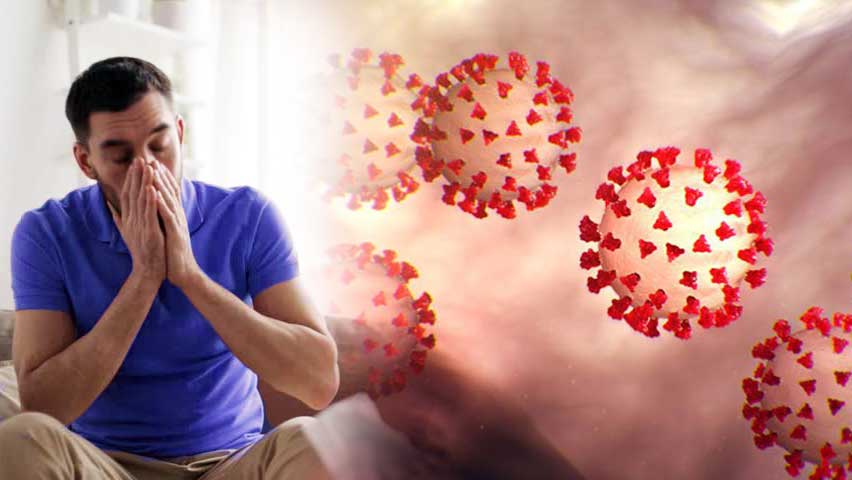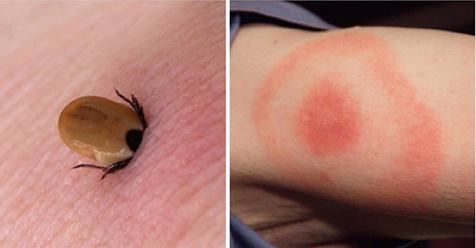A new UCLA study has provided further evidence that cocaine use disrupts the immune system; thus, making the user more susceptible to an HIV infection. The findings were published online on June 18 in the journal Scientific Reports. For the study, investigators affiliated with the UCLA AIDS Institute and Center for AIDS Research used an advanced form of humanized mice. These mice were immunodeficient and had a human-like immune system. They found that cocaine makes an individual significantly ore susceptible to an HIV infection than nonusers.
“Substance use and abuse is a major issue, especially when it comes to HIV infection,” explained senior author Dimitrios Vatakis, MD, assistant professor of medicine in the division of hematology/oncology at the David Geffen School of Medicine at UCLA. He added, “There has been a general attitude, especially in the scientific but also the general community, that risky behavior is the main reason for higher infections. This study shows that under the same transmission conditions, drug exposure enhances infection through a collective of biological changes.”
The authors note that their new study supplements previous research by Dr. Vatakis and his team that found that a three-day exposure to cocaine appears to make cells more susceptible to HIV infection by stimulating two receptors in the cells, called σ1 and D4. It found that cocaine use increases the pool of T cells in the human body, which can become infected by the virus. As a result, the risk of both significant infection and new production of the virus is increased.
The previous study was based on in-vitro research, which could have distorted the results. (An in vitro study is one conducted in a laboratory rather than human or animal subjects.) Therefore, the next step was to determine whether the effects would be the same in in-vivo (human or animal) studies. The investigators used the most advanced humanized mouse model, termed BLT. These mice are transplanted with human hematopoietic (blood forming) stem cells and donor matched thymus and liver tissues; the result is the development of a functioning human immune system.
“This study is the first of its kind using this model,” noted Dr. Vatakis. He added, “The BLT has been used to study HIV latency, cancer immunotherapy and now drug abuse and HIV infection. It very closely resembles the human condition and it is the most relevant.” For the study, his team separated the mice into two groups: one that would be injected with saline (salt solution) and another receiving 5 mg/kg of cocaine per day. Both groups were treated with these combinations for five days.
After five days half the mice in each group were injected intraperitoneally (into the abdominal cavity) with HIV-1. All groups, infected and non-infected, continued to receive either saline or cocaine for two more weeks. The investigators then collected blood and tissue samples to determine infection levels and examine other effects attributable to cocaine. They found that the cocaine/HIV group had higher viral loads than the saline/HIV mice. They also found that a higher proportion of the saline/HIV mice (9 of 19) had undetectable viral loads, compared with only 3 of the 19 cocaine/HIV mice. The investigators were surprised to find that despite the cocaine induced inflammation prior to infection, the CD4 T cells that HIV targets were not significantly activated. In addition, the CD8 T cells that the immune system uses to clear infected cells were not functional, even though they appeared to be active. “This points to cocaine blunting the potency of our body’s defense against the virus,” explained Dr. Vatakis.
The authors cautioned that, although these studies have supplied additional information on the effects of cocaine use and misuse on HIV infection, the mouse model does not fully recreate real life settings. Furthermore, the study used an acute, or brief–cocaine exposure regimen, rather than a more clinically relevant chronic use model. As a result, the findings may possess some bias.
The next stage of research will use the same BLT model; it will be aimed at determining how cocaine abuse might affect HIV transmission in mucous membranes such as vaginal and anal tissues; how pre- and post-exposure treatment can affect cocaine exposure; how cocaine might accelerate viral latency (the process whereby a virus lies dormant in a cell); and how cocaine alters the body’s immune defenses and affects other viral infections.



